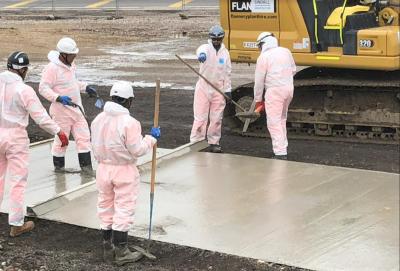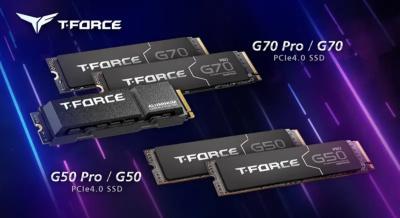Purdue team claims graphene's thermal conductance properties may not be as impressive as previously thought
Purdue researchers have examined graphene's thermal properties and found they may not be as revolutionary as previously thought.
Graphene is often touted as the world's best heat conductor, surpassing diamond - which was previously thought to be able to transfer the most heat the quickest. Diamond’s thermal conductivity is generally understood to be about 2,000 W/(m K). But when scientists started measuring graphene’s thermal conductivity, early estimates reached above 5,000 W/(m K). However, subsequent experimental measurements and modeling have refined graphene’s thermal conductivity and brought the number down to around 3,000, which is still quite better than diamond. The Purdue team focused n this graphene property and found something altogether different.



